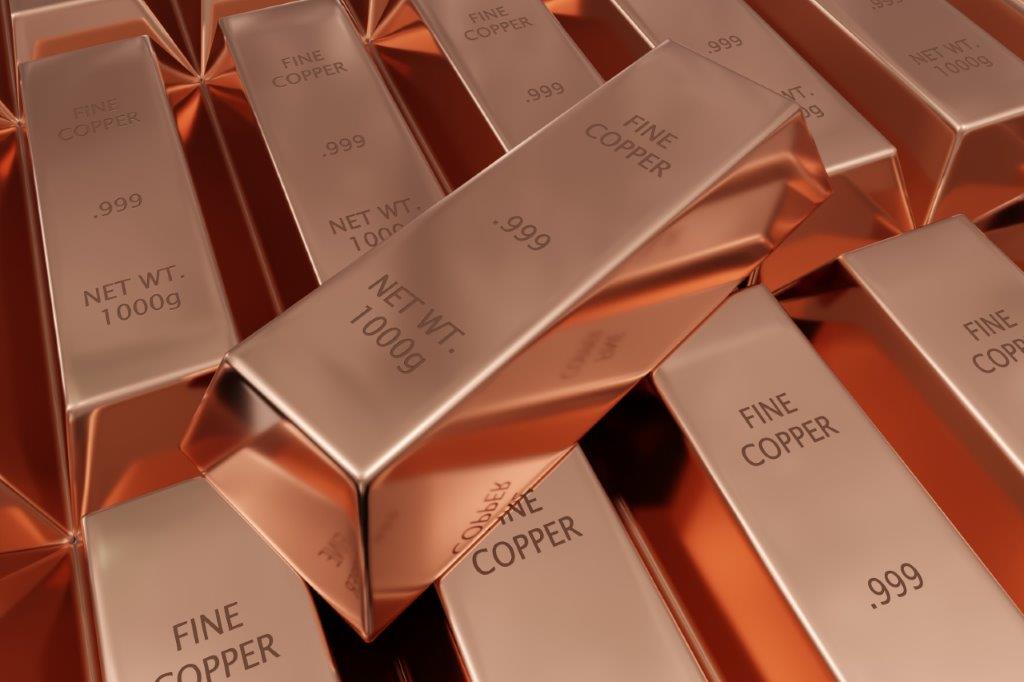Base Metal Players’ Margins Likely to Fall by Nearly 600 BPS in FY2023

Non-ferrous metal prices witnessed significant headwinds during Q2 CY2022 on the back of a demand slowdown in China and Monetary Policy tightening in major global economies, overshadowing the supply constraints. While international aluminum prices corrected by around 40 percent compared to a record high of around US$3900/tonne set in March 2022, copper and zinc prices also moderated by around 30 percent each from their respective highs. On the other hand, power costs have significantly increased for domestic base metal companies, owing to the lower availability of linkage coal to non-power sectors and elevated coal prices in both international and domestic markets.
According to ICRA, an independent and professional investment Information and Credit Rating Agency, the domestic e-auction premium on coal increased by over 400 percent in May 2022, thus adversely impacting the cost structure of the base metal companies and thereby margins. Going forward, given the coal supply challenges during the ongoing monsoon season, the rating agency expects domestic coal prices to remain elevated in the current quarter as well.
Elaborating further on the industry profitability, Jayanta Roy, Senior Vice-President and Group Head, Corporate Sector Ratings, ICRA, said, “Given the steep metals price correction and input cost pressures, the estimated operating profitability of ICRA’s sample set of domestic players has been revised downwards to 22 percent in FY2023, almost 400 bps lower compared to our earlier estimates and 600 bps lower compared to FY2022. The elevated coal cost remains a near-term concern. The industry outlook, therefore, has been revised to Stable from Positive.”
Despite lower profitability expected in FY2023, earnings are likely to be supported by favorable domestic demand growth of 5-6 percent, given the Government’s thrust on infrastructure development. On the balance sheet front, the total indebtedness of ICRA’s sample set reduced to ~INR 610 billion in FY2022 from ~INR 700 billion in FY2020 and ~INR 640 billion in FY2021. The total debt is expected to be reduced further in FY2023. Consequently, despite an expected moderation in profitability, the credit metrics would continue to remain comfortable in FY2023 with an estimated total Debt/OPBDITA of 1.6 times and an interest cover of 7.0 times, compared to a total Debt/OPBDITA of 1.1 times and an interest cover of 10.0 times in FY2022. Given the healthy performance in the previous two fiscals, the domestic players have announced capital expenditure plans of around US$10 billion, which would be executed in the next 5-6 years. Notwithstanding these sizable expansion plans and a moderation in industry earnings in the near term, given the deleveraging that has happened, the base metal industry today is more resilient to withstand project-related risks.
Globally, the apparent consumption of base metals was adversely impacted in H1 CY2022, owing to an estimated demand contraction in China during Q2 CY2022, amid stricter lockdown in various regions. Chinese export has significantly picked up in recent months to register a growth of approximately 35 percent in H1 CY2022 to counterbalance the slowdown in their domestic market. However, a Monetary Policy tightening in key non-ferrous metals consuming economies apart from China is expected to keep global demand growth muted in CY2022.
Roy reiterated, “While demand slowdown eases the metal balance to an extent, the deficit situation is likely to persist for aluminum and zinc in CY2022. The global copper market is expected to remain in surplus in CY2022. The global aluminum supply is expected to remain tight owing to production cuts in China and Europe and lower production in Russia, amid geopolitical tensions. Similarly, for zinc, the supply cuts have already been announced by major producers in Europe owing to high-energy prices in the region. While the likely deficit situation for aluminum and zinc would support base metal prices in the medium term, heightened fears of weakening global demand would keep prices of major base metals under pressure in the near term.”
Image Source: Magic Wand Media Inc




 Facebook
Facebook.png) Twitter
Twitter Linkedin
Linkedin Subscribe
Subscribe